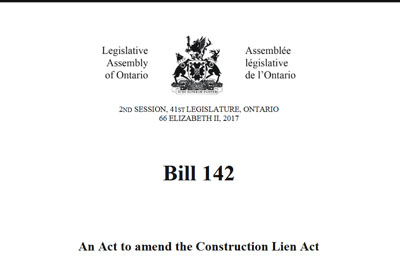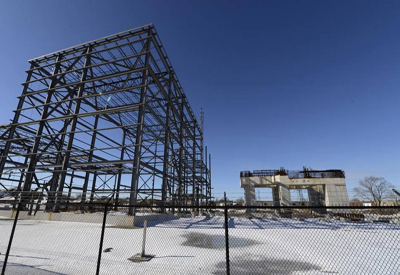2018-2021 Student Work-Integrated Learning Program Is Now Accepting Applications

Oct 5, 2018
Led by Electricity Human Resources Canada (EHRC) and funded by the federal government, “Empowering Futures” will create up to 1000 new work-integrated learning (WIL) opportunities in electricity over three years. Wage subsidies up to $7,000 will be available to employers who create new WIL opportunities such as co-ops, internships, field placements, applied projects, capstone projects or case competitions. (Shown in photo: Patty Hajdu, Minister of Employment, Workforce Development and Labour, with elected officials and co-op students from OPG at a launch ceremony.)
The goal of the program is to help young Canadians make the transition from school to work through collaborative partnerships between the business community and post-secondary institutions, providing new entrants with practical skills and promoting practice-based learning opportunities for students through subsidized work integrated learning opportunities.
The program’s co-op wage subsidies help minimize the financial barrier, by covering the cost of a co-op student’s salary by up to 50% to a maximum of $5,000 and up to 70% to a maximum of $7,000 for students studying in fields related to science, technology, engineering, mathematics and/or business as well as under-represented groups including:
• women in STEM (Science, technology, engineering, mathematics)
• Indigenous students
• people with disabilities
• newcomers
EHRC is proposing to strengthen research, development and innovation partnerships between Canadian employers, government, industry associations and post-secondary institutions to ensure that the curricula being delivered aligns with the needs of the sector.
An advisory committee of stakeholders will be established to advise, guide, participate in, and assess project activities/outcomes, validate findings, assist with stakeholder engagement and communications, and determine how the findings can be used to facilitate increased participation by employers and educational institutions across Canada.

















